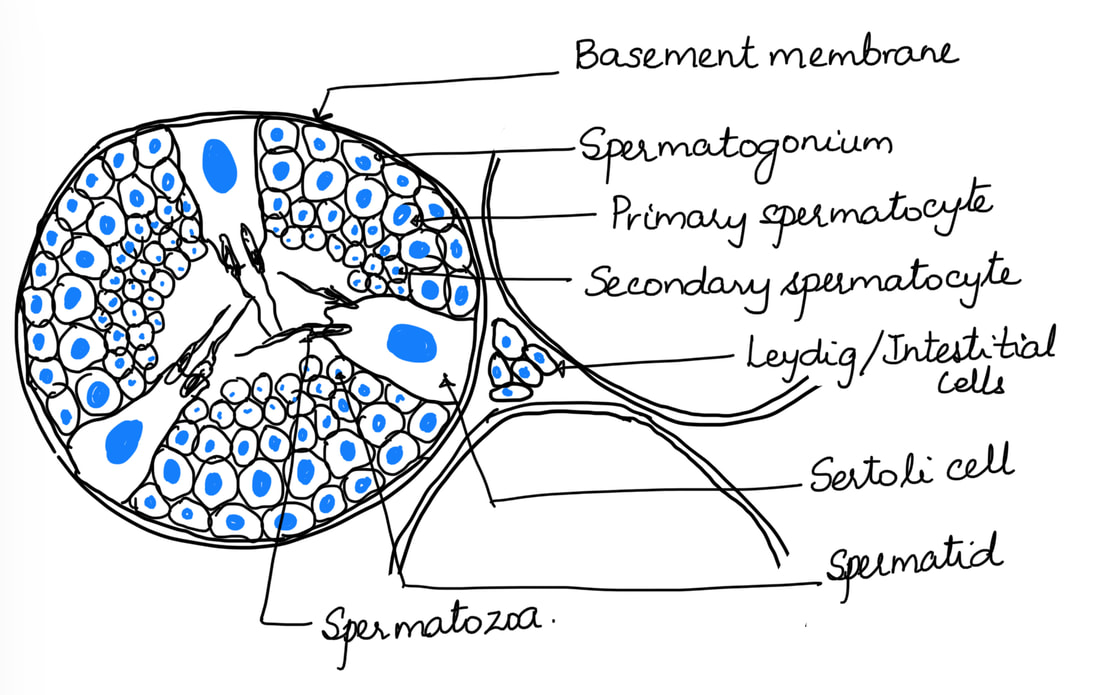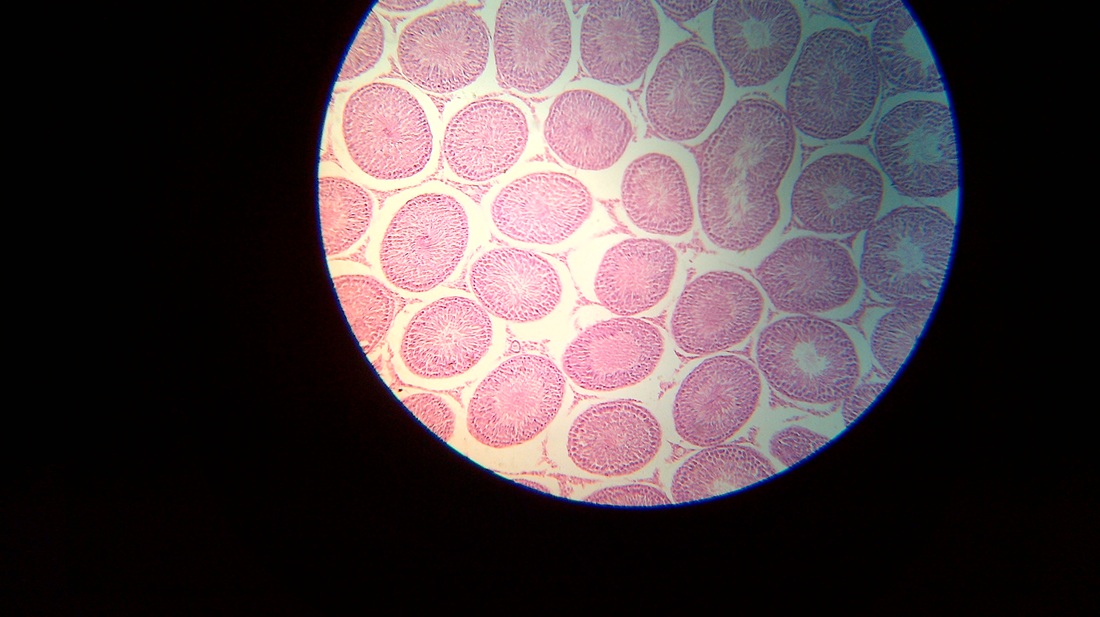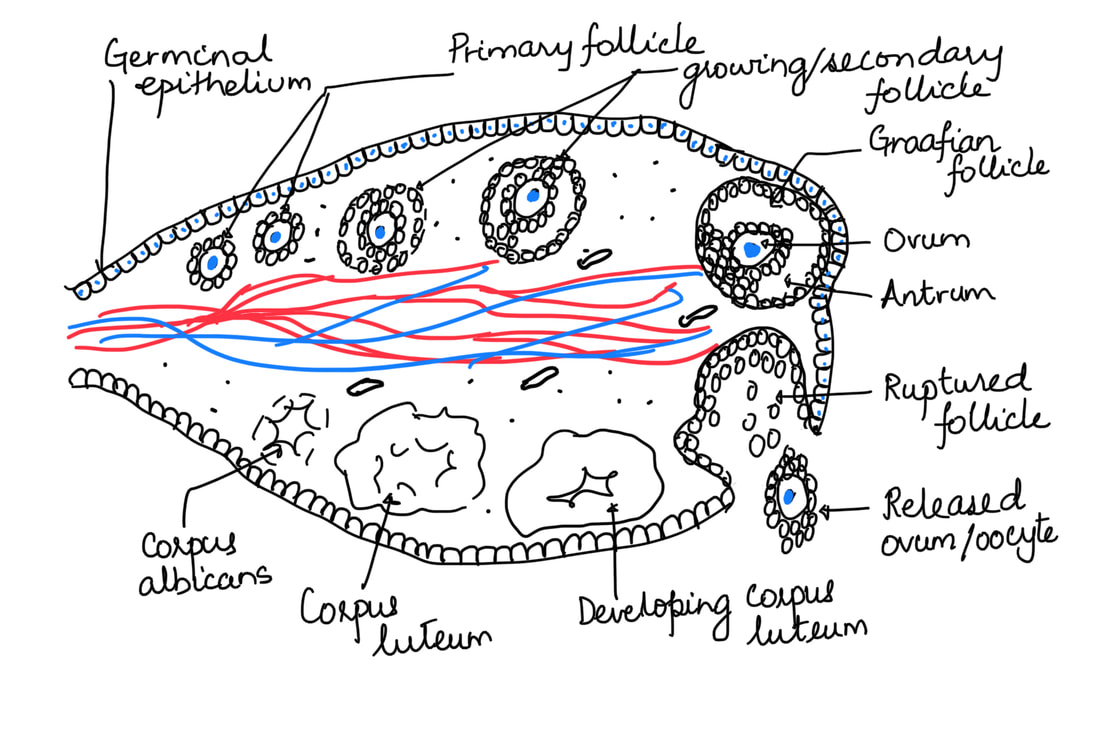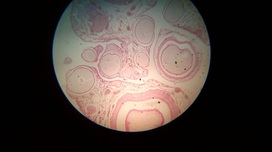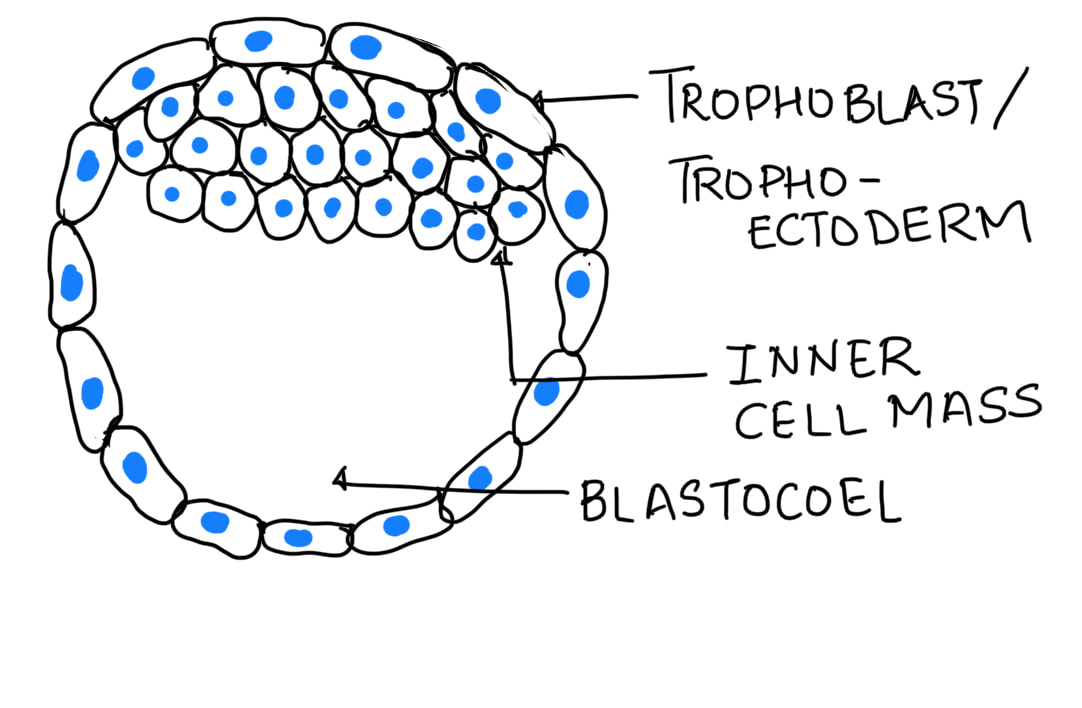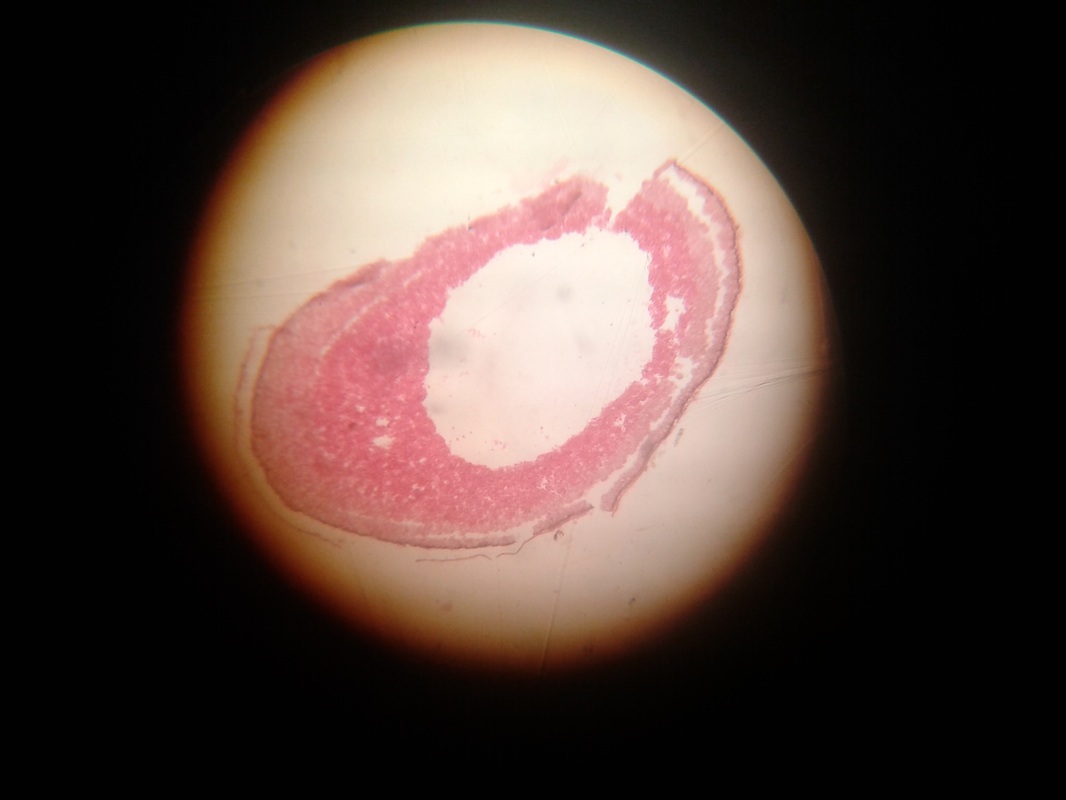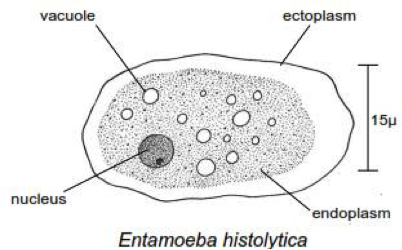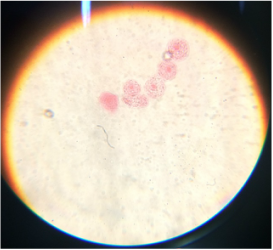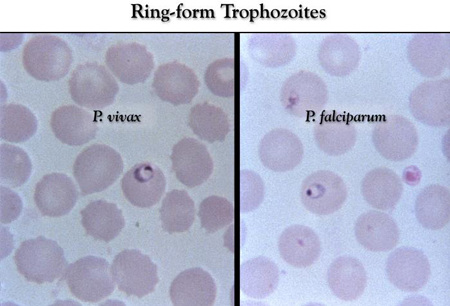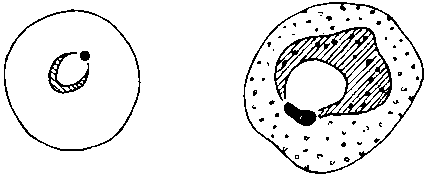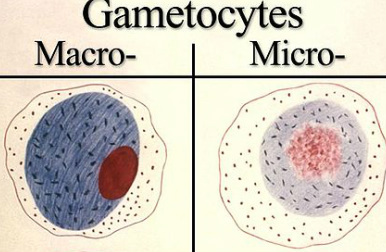ISC-12>PRACTICAL>OBSERVATION>ANIMAL ANATOMY
IDENTIFICATION AND COMMENT ON PERMANENT SLIDES OF MAMMALS
Aim: To observe and comment on anatomical details of certain organs/structures in mammals.
A. Slide showing T.S of mammalian testis.
B. Slide showing T.S of mammalian ovary
|
Comments
|
C. Slide showing T.S of blastula
IDENTIFICATION OF PATHOGENS IN BLOOD
Aim: To study and identify common diseases causing protozoans like Entamoeba and Plasmodium through permanent slides.
A. Slide showing Entamoeba histolytica
B. Slide showing Plasmodium sps. (Malarial parasite)
|
Identification:
RING STAGE-
|
FOR DRAWING
|
